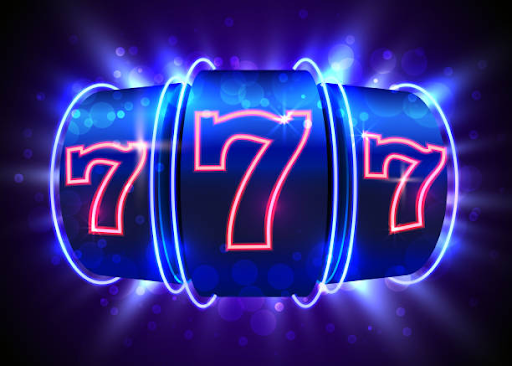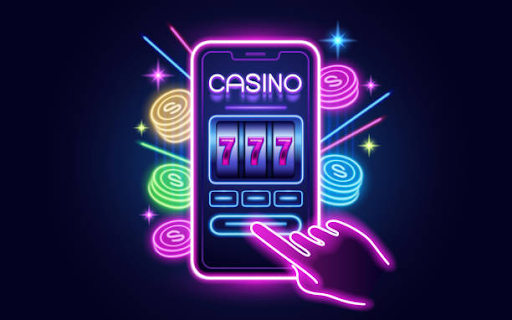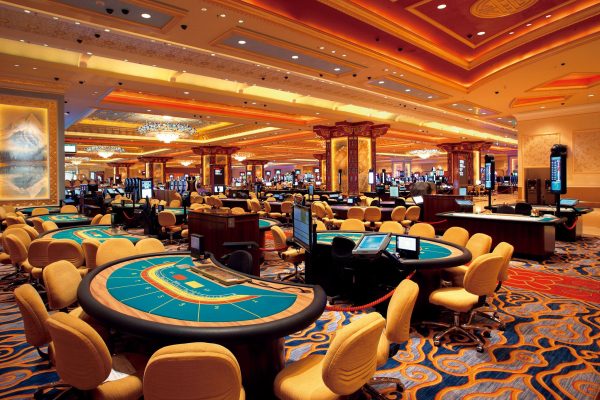Slot machines are not just about luck and random numbers; there is a complex psychology behind their design that aims to attract and retain players. This article explores the intricate elements of slot design, detailing how developers use psychological principles to make games engaging and appealing. By understanding these factors, players and developers alike can appreciate the depth of thought and strategy embedded in slot machines.
Table of Contents
Attraction Through Visual and Audio Stimuli
Visual Appeal
The first aspect that usually attracts players to a slot machine is its visual design. Colorful, bright and often themed graphics are used to catch the eye. The use of vibrant colors like reds and yellows is particularly effective as they evoke feelings of excitement and energy. Themes can range from classic fruits and bells to cinematic representations of popular movies, fairy tales, and exotic destinations. Each element is designed to stimulate the visual senses and create associations with fun and enjoyment.
Sound Dynamics
Sound also plays a crucial role in the attraction of slot gacor machines. The chiming of coins, the upbeat ringing sounds that accompany wins, and the background music all create an immersive experience. These sounds are crafted to stimulate pleasure centers in the brain, reinforcing the gaming behavior and setting a rhythm that can keep players engaged for longer periods.
Engagement Through Game Mechanics
Reward Schedules
Slot machines are masterfully designed around the concept of variable ratio reward schedules. This principle from behaviorist psychology involves providing rewards at unpredictable intervals, and it is known to create a high rate of response that is resistant to extinction. Thus, even if a player experiences repeated losses, the anticipation of the next possible win keeps them engaged.
Near Misses
The concept of ‘near misses’—where the slot reels show symbols that almost form a winning combination—is another psychological tactic used to keep players hooked. This creates a sense of possibility and skill, where players feel they were close to winning and that they can influence the outcomes of future spins.
Usability and Accessibility
Ease of Play
Simplicity is key in slot design. Most slots do not require any complex skills, making them accessible to everyone, from beginners to seasoned gamblers. The ease of play ensures that players do not feel intimidated by the rules or the gameplay, which encourages continuous play and engagement.
Intuitive Design
Slot machines are also designed to be intuitive. Players can easily locate the play button, access the paytable, and understand their wins immediately. This user-friendly design minimizes frustrations and makes the experience enjoyable, thereby increasing the likelihood of prolonged engagement.
Emotional and Psychological Connections
Escapism
Slots often provide a form of escapism. The themes can transport players to another time or place, offering a break from reality. This psychological relief is one of the primary reasons people flock to slots, especially in digital formats where thematic variety is limitless.
Community Building
Slot games also have a communal aspect in casinos. The collective excitement of winning, the shared tensions of near misses, and the general ambiance of the slot gaming area contribute to a communal gaming experience that can be very appealing.
Psychological Nuances in Slot Features
Bonus Features
Bonus rounds and free spins are significant incentives for players. These features not only provide additional opportunities to win but also introduce new game mechanics and graphics. The excitement of triggering a bonus round also breaks the monotony of the main game, renewing the player’s interest.
Progressive Jackpots
The lure of progressive jackpots (where the potential win increases with each play made on connected machines) cannot be overstated. The life-changing sums of money on offer keep players returning, driven by the anticipation and the psychological appeal of a major win.
Conclusion
The psychology of slot design is both complex and fascinating. It encompasses a broad range of strategies, from visual aesthetics and sound design to reward structures and thematic storytelling. These elements are carefully crafted to draw players in, provide a pleasurable experience, and encourage repeat engagement. Understanding these psychological underpinnings not only enriches the gaming experience but also promotes a more responsible approach to game design and gambling. Whether you are a player seeking fun or a developer aiming to craft compelling games, appreciating the depth of slot psychology is essential.










